![]()
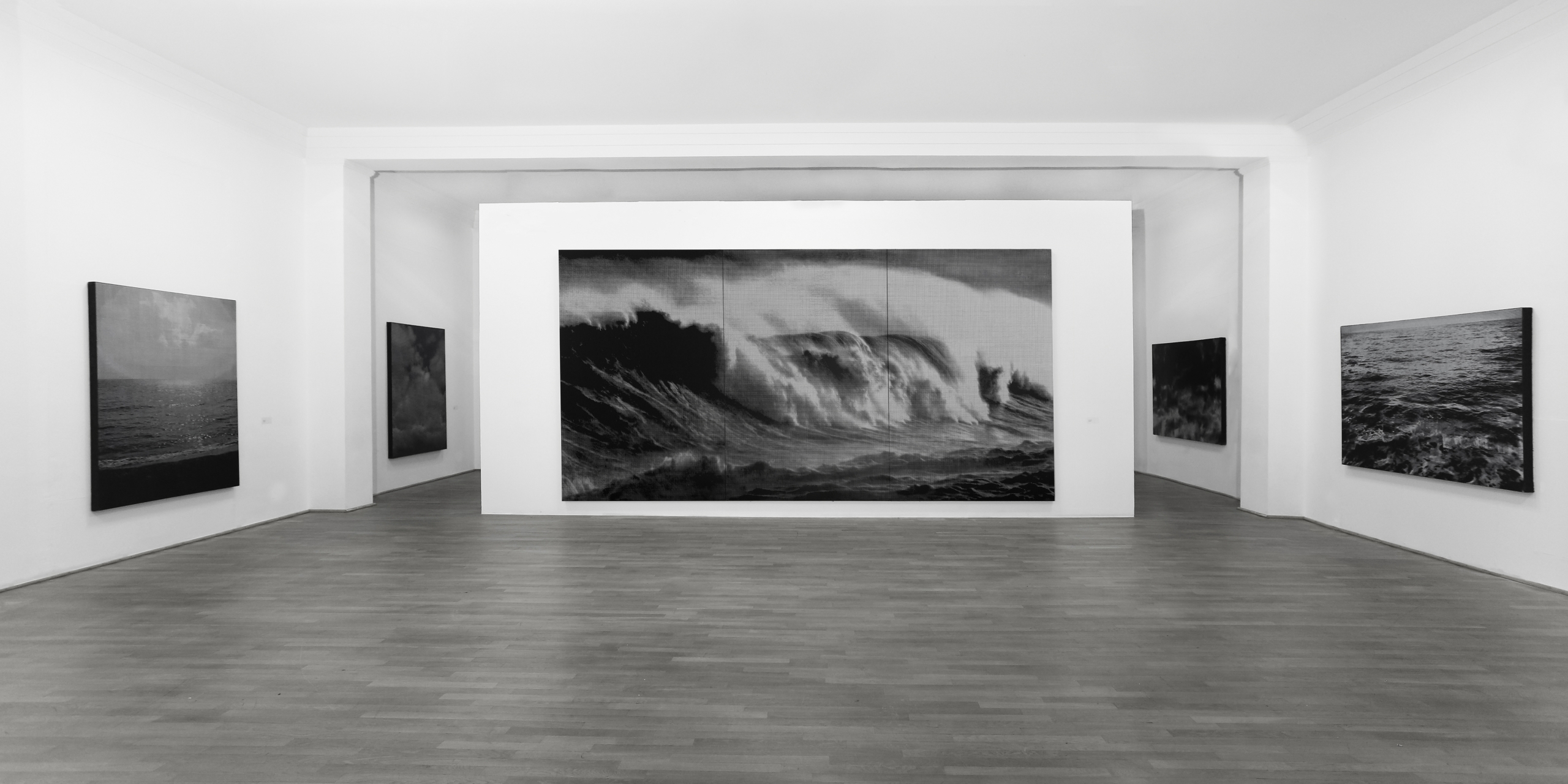
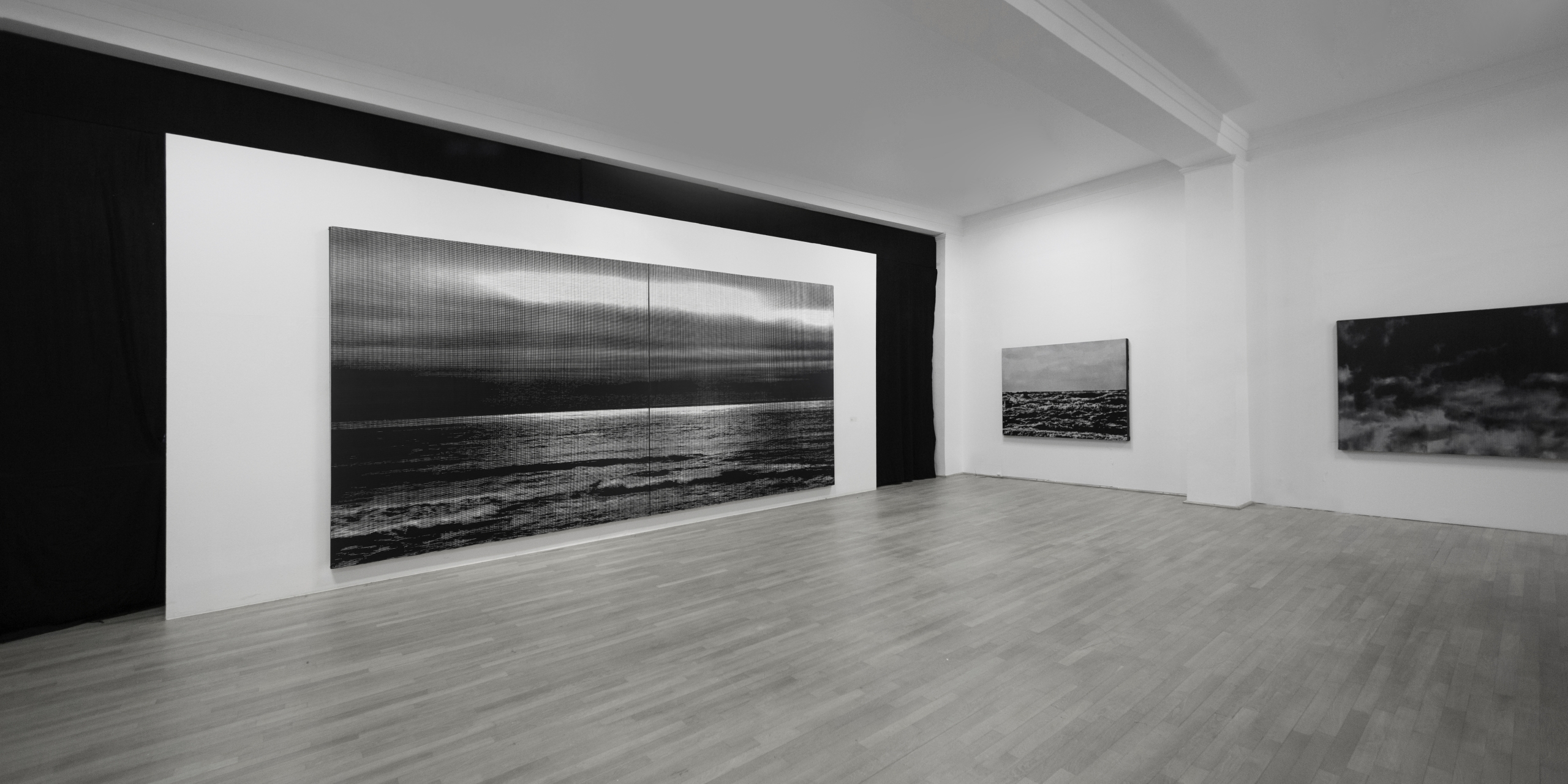
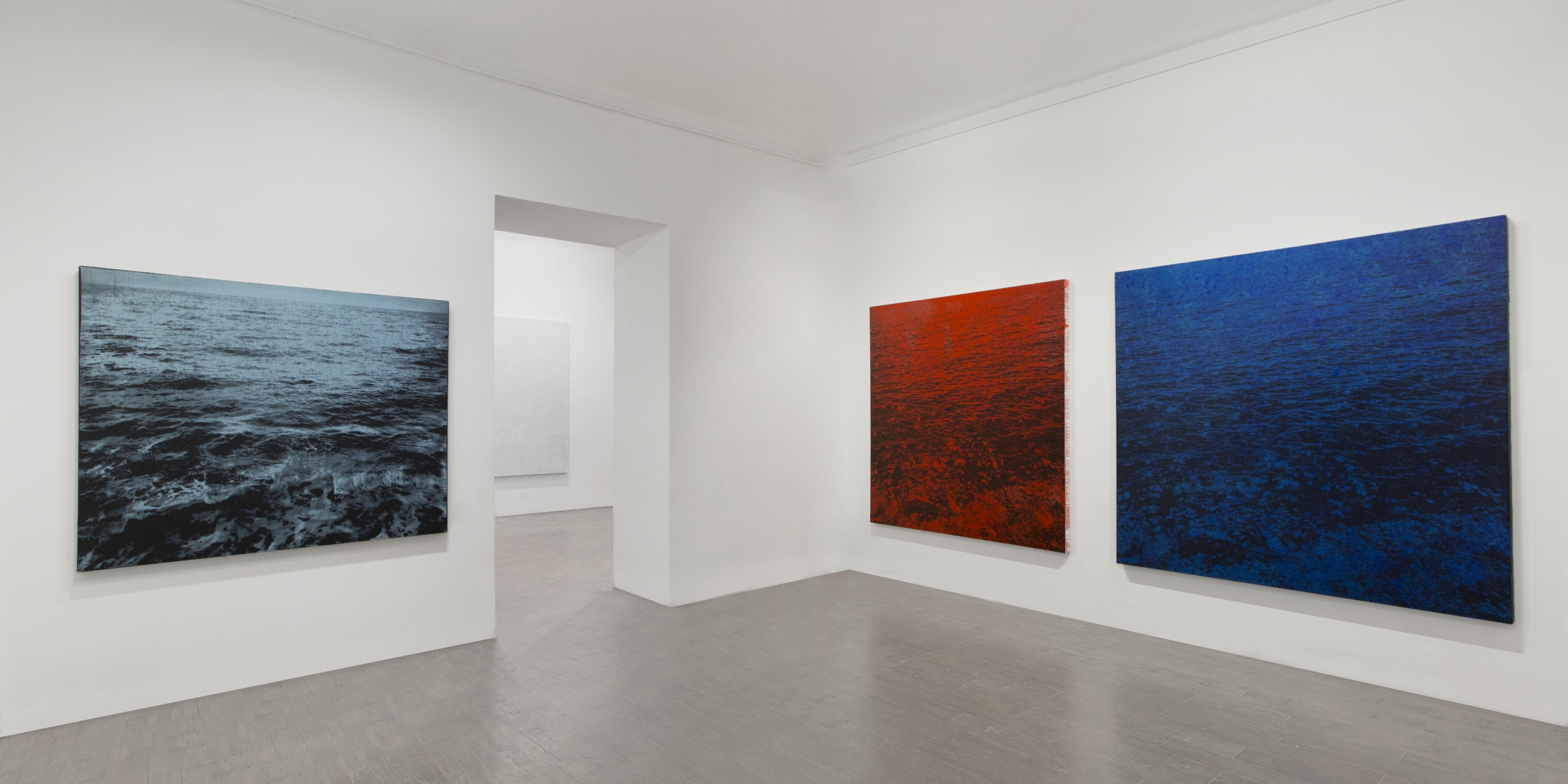
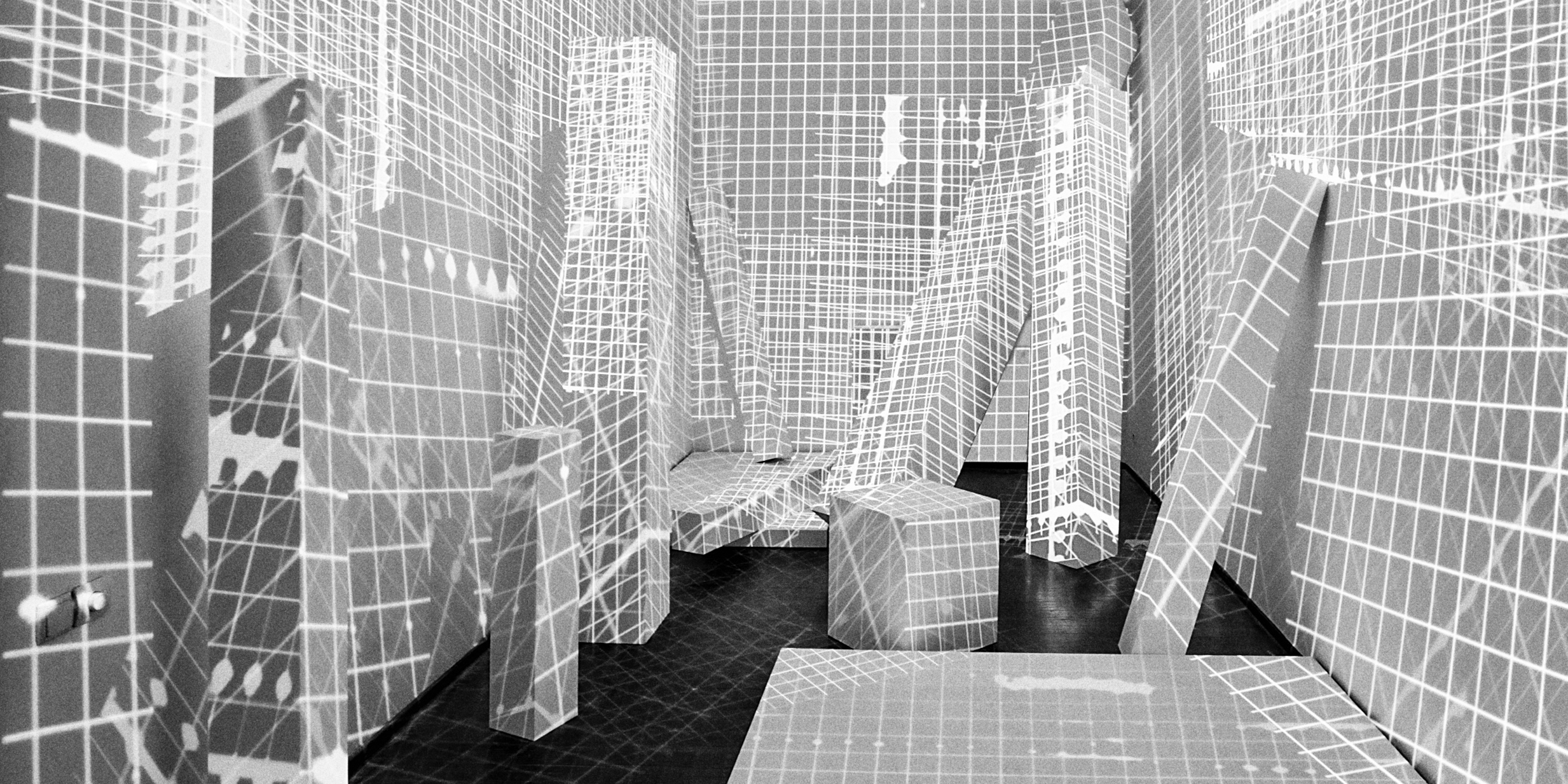
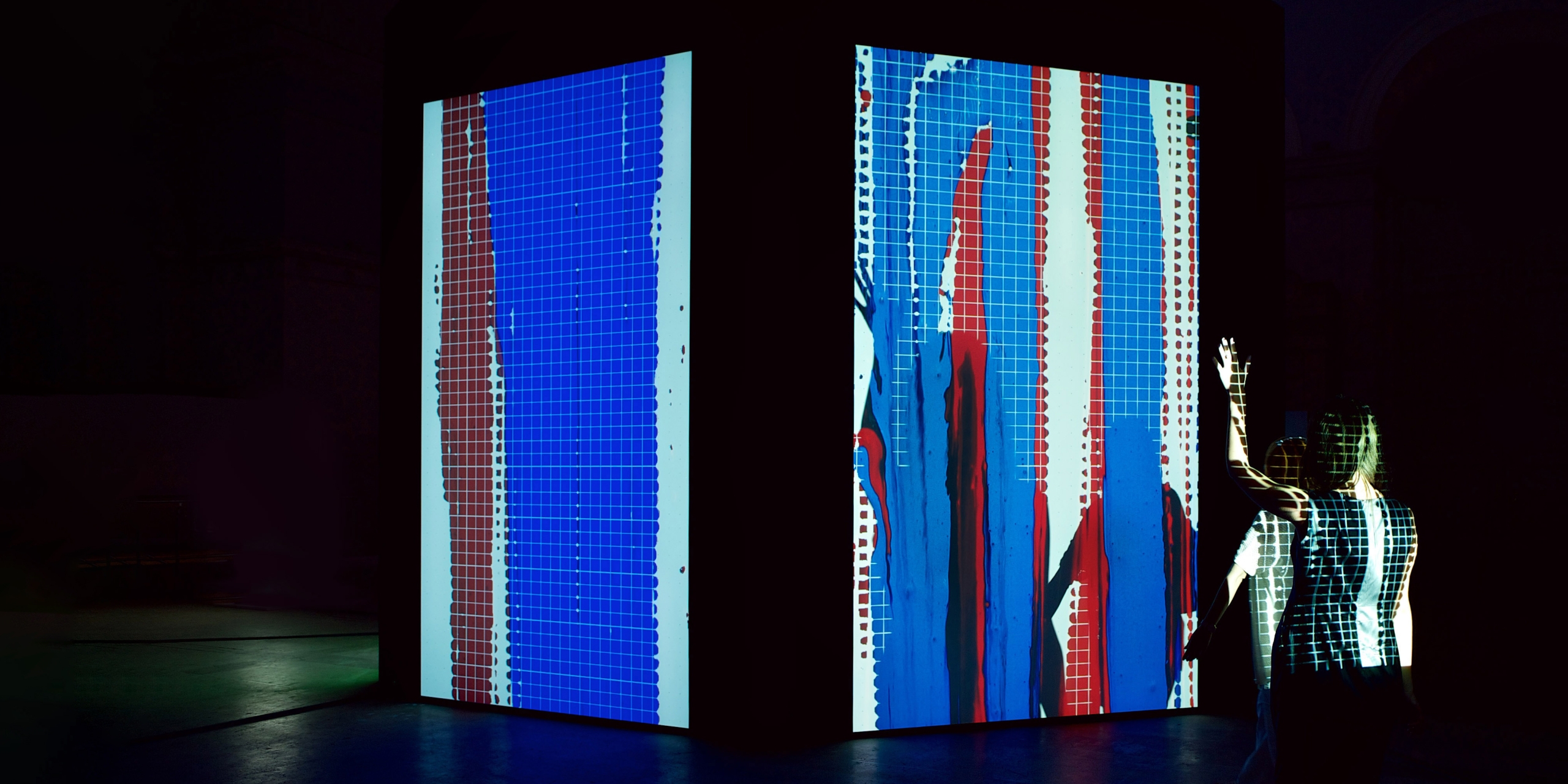
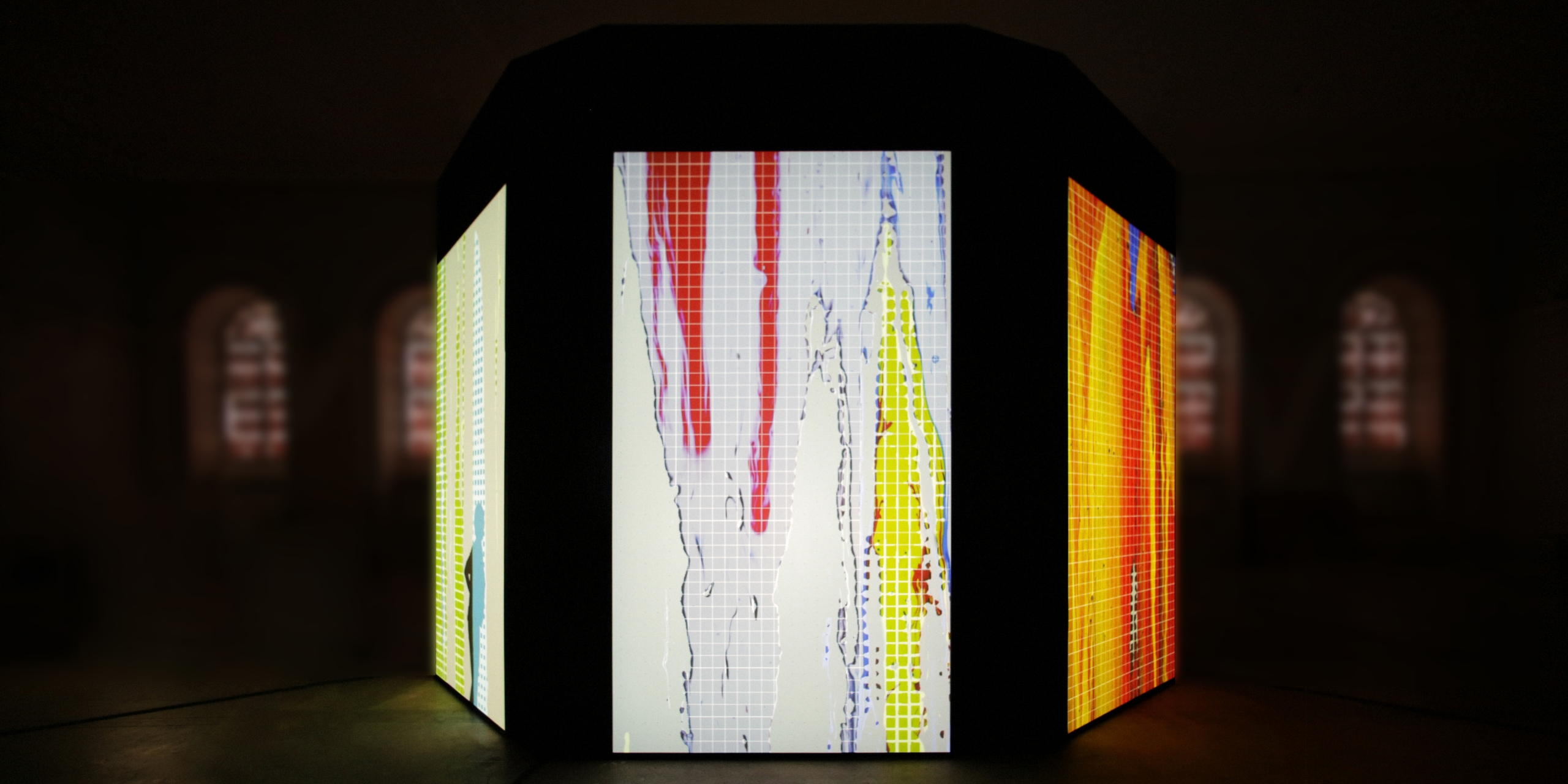
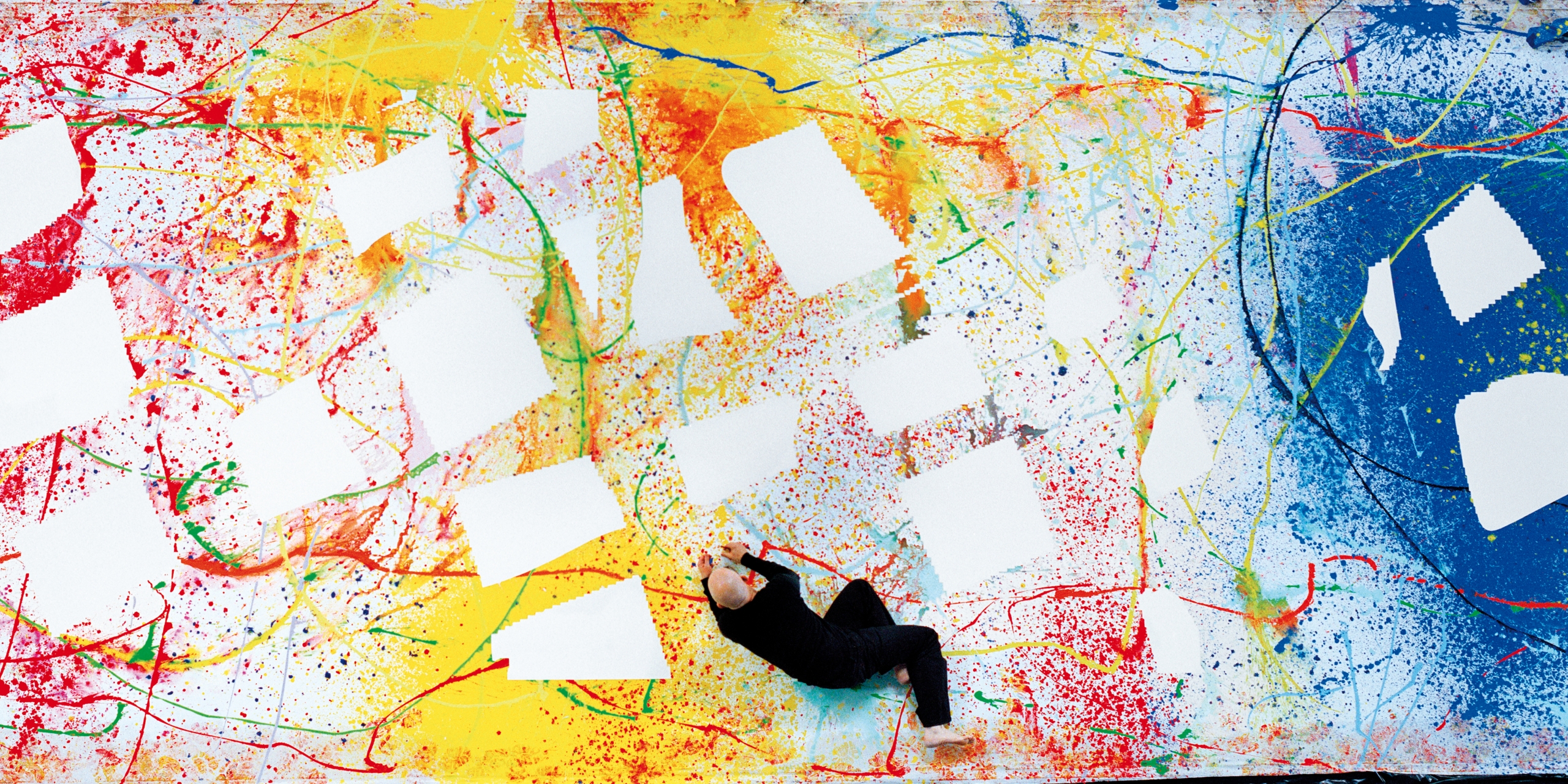
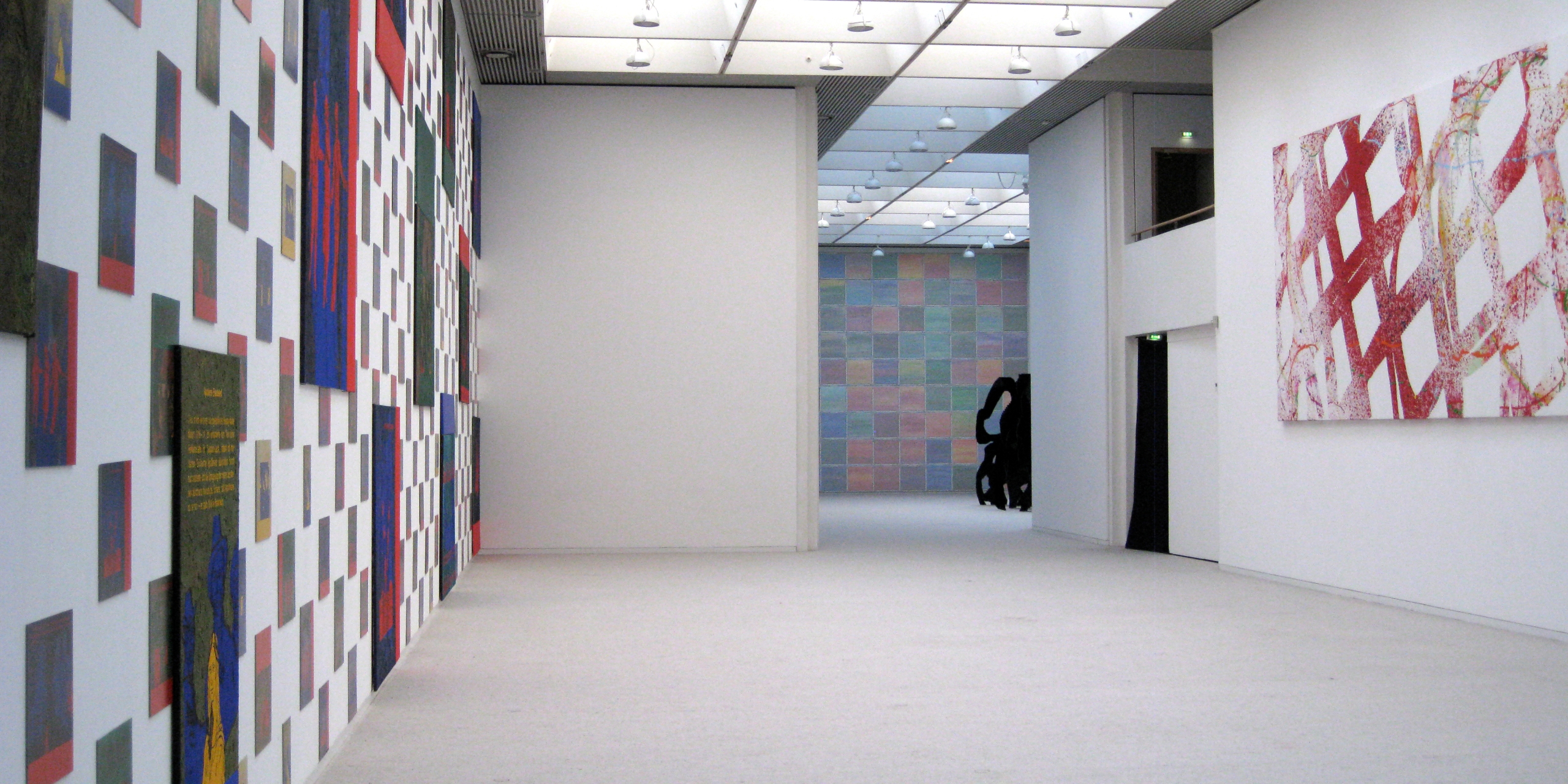
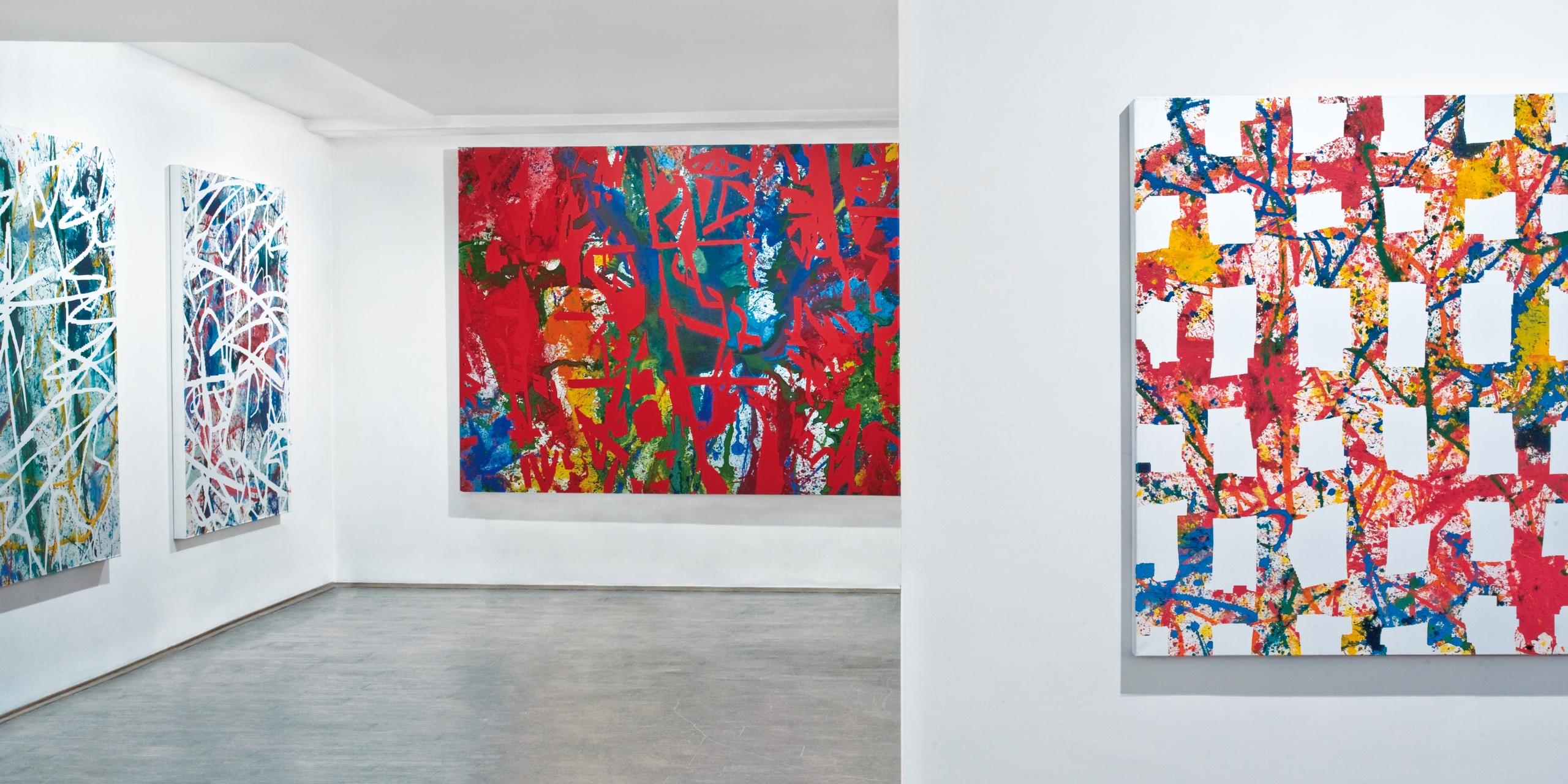
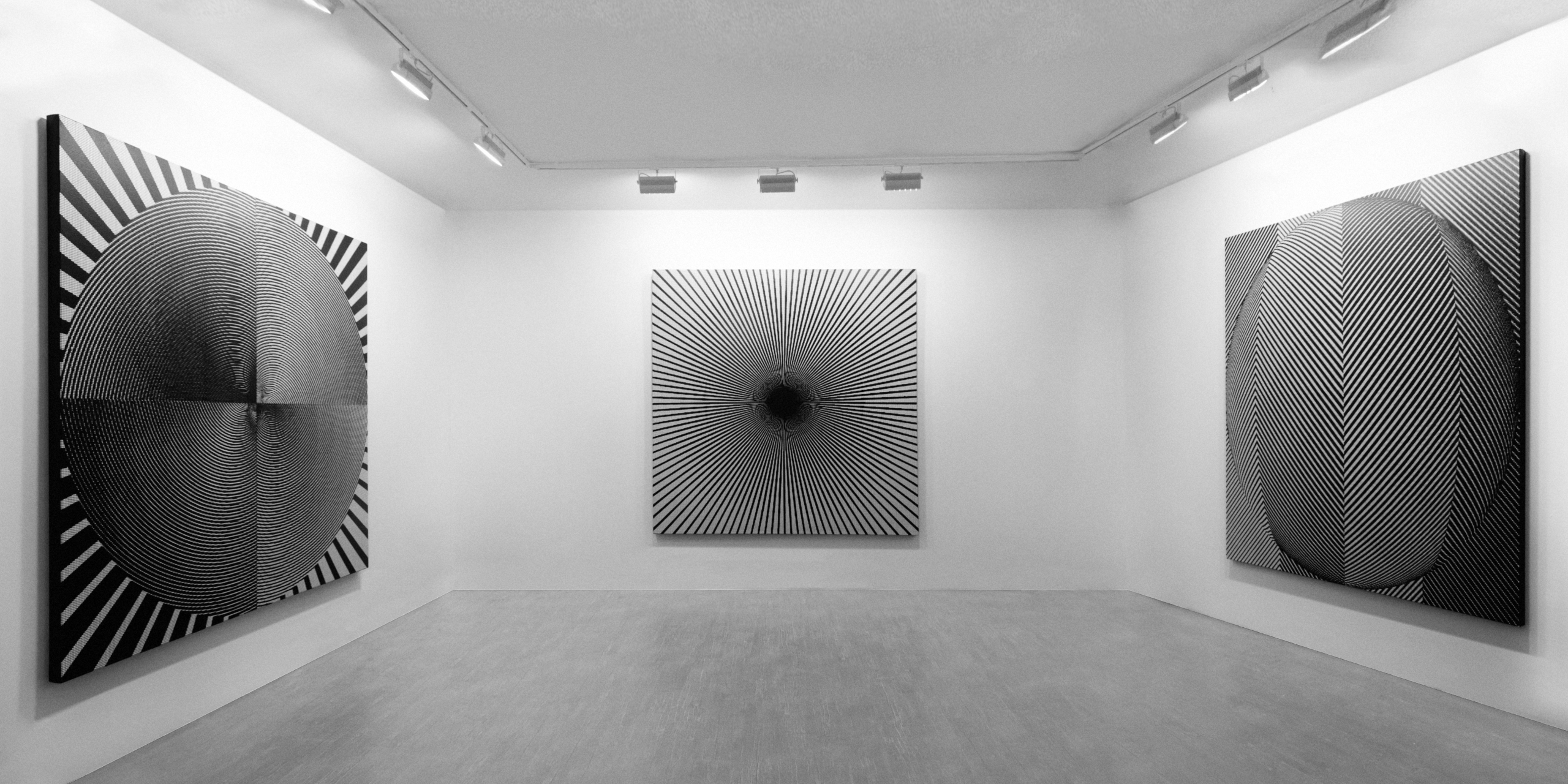
George Cohen (1953) is internationally recognised as one of the most striking artists working with the aesthetics of the computer screen and media i mages. Since 1989 Cohen realised more than 30 solo exhibitions in leading European museums and galleries, every single one of which brought the author international acclaim and attention of the art experts. His work has been widely shown in large curated exhibitions and biennales all over the world. His artworks can be found in renowned museum collections, as well as well-known private collections. Numerous articles and essays have been written by leading art historians and artcritics about George Cohen‘ s work, and have been published in respected artmagazines in all over the World. Articles about him have been placed in encyclopaedias of contemporary art, published by major Western publishing houses, including the encyclopaedia »Art of the 20th century« by German publisher Taschen. More than 20 catalogues and albums accompanying the artist’s solo shows have been put out. Cohen is one of the artists, who nowadays concern themselves with the theory of art. His art is closely related to the theoretical searches. His paintings are marked by a virtuous mastery of an elaborate and unique technique, which makes them recognisable and yet inimitable at the same time.
George Cohen was born in the small town of Krasnopolje (Belarus) in 1953. He received his first drawing lessons from his grandfather, an artist, who had studied in Vitebsk with Marc Chagall and graduated art academy in Odessa. In 1968, George graduated art school in Kazan, the same year the family moved to Moscow. In 1976, Cohen graduated with distinction from the National Research University of Electronic Technologies – Faculty for Physic and Chemistry. While still a student there, he continued to pursue his interest in art. In 1977, he entered the Moscow State University of Printing Arts, in the Faculty of Arts and graduated аlso with destination in 1983. From 1983 to 1987 he took part in the most of principal exhibitions of the Perestroika years, such as the 17th and 18th Young Artists Exhibitions, the »ASSA« Rock-Art-Parade and the exhibitions of the »Hermitage« and »Labyrinth« Association. He began exhibiting abroad in 1987. Cohen began working in Germany in 1990, on an invitation from the renowned Hans Mayer Gallery in Düsseldorf. Since then, he has been living and working in Cologne, while maintaining a studio in Moscow
After Post-Modernism
In 1995, at the exhibition at the Ursula Blickle Foundation in Kraichtal and the State RussianMuseum in St. Petersburg, the Post-Modern principle of quotation grew into something new.The aspect of referential narrative increasingly began to disappear from Cohen’s work, and hebegan to create stylised, geometrical works, playing with the character of the pictorial surfaceand increasing the role of the black contour.
The time of quotations
George Cohen’s formation as an artist took place in the atmosphere of non-conformism in Moscow in the 1970s and 1980s. At the same time, Cohen also found his own, individual version of the Post-Modernist aesthetic. His interest in the art of the past and the reinterpretation of its images can clearly be traced through Cohen’s work, such as his 1991 exhibition at the Hans Mayer Gallery in Düsseldorf and the installation »The Wall« (42 x 6 m) in 1993 at the State Tretyakov Gallery in Moscow, which happened to be the first installation ever to be displayed there.
In 1995, George Cohen became the central figure of one of the biggest European debates about intellectual property rights. The famous photographer Helmut Newton tried to sue Cohen over his picture »Power of Blue«, accusing him of having plagiarized his subject. Despite Newton’s worldwide fame, Cohen won the case, which made copyright law history as the first case to deal with the issue of copyright law and the right of the Post-Modern artist to artistic appropriation. The painting has been acquired by Ritter Sport art collection for their museum in Stuttgart.
Erased paintings
In 2001, as a development of the topic »the digital and the painted«, Cohen began a new series of abstract »Erased paintings«. Cohen has inverted the action of erasure: he has transformed adestructive act into an act of creation. The gesture of erasure has lost its materiality while gaining a new, spiritual connotation. The mode of sensual painting that has emerged through its agency has been granted new degrees of freedom and has set off to conquer new, unknown territories for art. Yet, the artist never forgot that all that is new has its roots in the old and that the history of art is made up of ruptures and successions. The artist has shown these works at the following exhibitions: »Erased Malevich« (Kulturgeschichtliches Museum,Osnabrück, 2002), »Painted And Erased« (Märkisches Museum Witten, Museum Korbach,2002), as well as »Erased or Not Erased« (Jüdisches Museum Westfalen, 2003).
Digital and Analogue
For the first time, in 1997, the artist introduced a significant innovation to his art by developing a »Digital Painting« conceived on the computer screen. He exhibited in his show »Simply Virtual« at the Mannheimer Kunstverein a series of paintings with computerised frames, which he had been working on since 1995. In the second half of the 1990s, he worked on painting withcomputer imaging, using new technologies and the aesthetics of the computer monitor.The painting »Erased Malevich« (2002; 255 x 250 cm) attracted particular attention at the show in Osnabrück, where it was exhibited in the same room as the original »Black Square«, 1913, by Kasimir Malevich from the State Tretyakov Gallery.
From 2002 until 2004 the artist participated in the following exhibitions: »Art after Art«(Neues Museum Weserburg, Bremen); »Das Recht des Bildes« [The Law of the Image] (MuseumBochum); »Digital Russia« (Central House of Artists, Moscow); and »Moscow-Berlin« (State Museum of History, Moscow; Martin-Gropius Bau, Berlin).
Multimedia-project »Mona Lisa Travels«
Photographic series »Mona Lisa Goes Russia«
In 1997, George Cohen began his first major photographic project. Armed with the camera and his painting »Single Mona Lisa 1:1 (Yellow)« (1996, 70×70 cm), he made a series of trips to urban and rural Russia, taking photographs and confronting his Mona Lisa with the reality of everyday life in Russia. His undertaking bordered on the absurd and gradually he began to understand better, how an external reality can gain new meaning in confrontation with an articon of the Mona Lisa and how the Mona Lisa herself absorbs new content and, together withthat reality, enters into a dialogue. Since 1997–1998 the project »Mona Lisa Travels« became a»work in progress« and »Single Mona Lisa 1:1« became George Cohen’s portable muse and tireless traveling companion along the highways and byways of the whole world. The first Mona Lisa in Russia exhibition took place at the Guelman Gallery in Moscow in 1997. Exhibitions in Heidelberger Kunstverein and Stätische Galerie Iserlohn followed in the year 2002.
Mona Lisa 500
500 years separate us from the age when Leonardo created his »La Giaconda«, which has become a world art icon. With the Mona Lisa as a reference point, George Cohen invited to anunexpected journey, simultaneously imaginary and real, through space and time into the history of art and the creative imagination of the artist. Throughout those five centuries, many great artists have taken up the image of the Mona Lisa. In the mid nineties, Cohen presented his original interpretation of this eternal icon, reconstructing the Mona Lisa in the form of alogotype in computer pixels reproduced by means of modern pictographic technology. The installation shown 2004 at the State Tretyakov Gallery consisted of two parts: »MonaTime Tower 500« and 35 light boxes with the photographic series »Mona Lisa Goes Russia«. For his journey through time, Cohen created a gigantic round tower with a circumference of 30 meters, a diameter of 10 meters and height of 6 meters. The interior was comprised of 500 images of »Single Mona Lisa,« each 60 x 60 cm and made of aluminium elements, within a drum of ten parallel circles. On entering the tower, the visitor was plunged into a space-time tunnel of rainbow-spectrum colours dominated by the repetition of 500 enigmatic smiles. 35 large-scale light-boxes from the series »Mona Lisa Goes Russia« (1997-2004) represented the journey of the painting, which resulted in a series of photographs, which could be labelled sur-real if they were not so absolutely documentary in nature. George Cohen captured on film an intense and aesthetically rich dialogue arising between the Mona Lisa and Russian reality, between East and West, between the past and the present.
Nanotechnology: Invisible Mona Lisa
George Cohen continuously studies the aesthetical changes in the world brought by technological progress. Another crew member of the spaceship, Astronaut Sergey Krikalyow, brought to the ISS a transparent crystal in which a sicilium chip measuring 3 x 5 micrometres was enclosed – another representation of the »Single Mona Lisa 1:1«, in this case painted, so to speak, with atoms in the nano dimension. It was left on the ISS and at this very moment »Mona Lisa in Microcosm« is continuing her eternal flight through the large »Macrocosm«. In2005, Cohen’s »Nano-Mona-Lisa« also represented Nanotechnologies at the EXPO 2005 in Aichi (Japan).
»Mona Lisa Goes Space« at the Biennale di Venezia In June 2005, Cohen ́s ambitious project – from heaven toearth and back again – came to a full circle in Venice. Upon the return back to earth, »Mona Lisa Goes Space« constituted one of the principal attractions of the 51st Biennale di Venezia 2005. Light-boxes mounted on the façade of the Santa Lucia train station, the principle gateway to the city, documented the picture’s unprecedented journey to the International Space Station. Adjacent to the Canale Grande stood Cohen’s imposing »Mona Lisa Tower«, a roofless structure that visitors could enter to gaze upward past rainbow-colored variations on the Renaissance masterpiece,while a melody based on Leonardo’s own notations played softly in the background. A trilingual publication »Mona Lisa Travels« documents the remarkable journey of the painting
Who Is Afraid
The retrospective project »Who Is Afraid« has been shown in the Moscow Museum of Modern Art in 2007. The abstract paintings displayed in this largescale, nonfigurative exhibition served as a code that linked together the artist’s work of many years. Cohen explored the topic of abstraction not only as a form, but also as a plot. This story of abstraction is a meditation on the career of modernism, on the transformation of monochromatic painting, geometric abstraction, and spontaneous gesture. One of the centrepieces of the exhibition at the Moscow Museum of Modern Art was the twenty-meter panel entitled »Who Is Afraid«. It was composed of 145 picture modules, each of which was an image of the scan lines on a computer monitor. The future of abstraction wasreflected on the computer screen in order to return in the guise of formal painterly experiments.Cohen fuses abstraction and the computer interface, the virtual and the real. The glow on the computer screen framed his rhetorical question, Who Is Afraid. The exhibition »Who Is Afraid« demonstrated a new facet in Cohen’s work, for which the artist coined the name »digital abstraction«. An accompanying monography in three languages was published.
»AfteRReality«
2013 the artist exhibited his newest series of paintings and interactive media installations in Ludwig Museum Koblenz and Moscow Museum of Modern Art. The »afteRReality« project emerged from Cohen ́s thoughts about the state of the »relative reality« of today’s existence, experiencing the collapse of imagery after the victory of digital image media. The exhibition seriesis based on the »theory of shadow«, elaborated by the artist, which assert that tones and undertones, light and colours are merely forms of the shadow. Arguing against classical painters, Cohen bring his version of the grid, a central theme of abstraction of the 20th century painting, to a new level, facing the modern perception, accustomed to furcation of the perceptual field and leading to therecognition of the relativity of time and space.
»Colour of a Shadow«
In 2013, Lexus Hybrid Art opened at Moscow’s Manege in the central exhibition hall. This new hybrid genre is evolving around the world according to the laws of cyberspace. It is infiltrating the sphere of interests of the world’s foremost artists and curators at warp speed, making its way into the most relevant museums and laying claim to viewers rapt attention. The interactive work »Colour Of A Shadow« by George George Cohen & Ilya Pusenkoff addresses the eternal question of the evolution of art, uniting the analogue and digital nature of paintings constantly synthesising new images.
»Out of Focus«
2015, the newest series of paintings and interactive media installations were presented at alarge-scale exhibition »Out Of Focus« by George Cohen held in Deutsche Bank in Cologne.